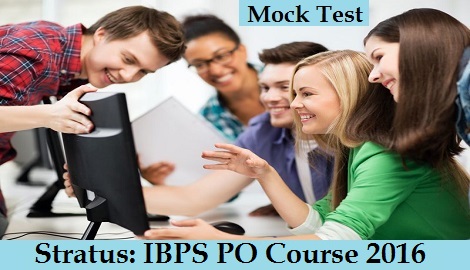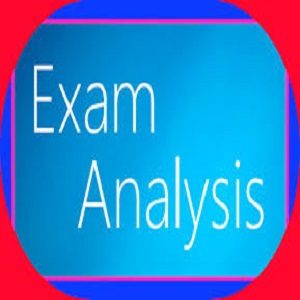Hello Friends,
Welcome to Stratus – IBPS PO Main 2016 Course – Mock Test.
It will help you to know where you stand before appearing for the actual exam. IBPS PO Main 2016 Course: Mock Test platform will help you to practice, analyze and improve your performance, by providing detailed solutions for all the questions.
Our Motto is to boost your confidence,which plays a key role in success;Because “Your Success = Our Success”
Title: IBPS PO Main 2016 Course: Mock Test 1
Category: Mock Test
Test Time: 140 Mins
- Kindly start the Mock test, after the page loaded.
- After completing the practice test, please enter your name & E-mail id,so that you could find your name and results on scoreboard list.

No Registration & No Fees – Absolutely Free Free
Try Demo Exam Now to understand our tool.
Help & Request : Share our Practice Test Page with your friends and FB Group
- Click Here to View Stratus: IBPS PO 2016 Course
- IBPS PO Main 2016: Reasoning Test
- IBPS PO Main 2016: Quant Test
- IBPS PO Main 2016: English Test
- IBPS PO Main 2016: GA Test
- IBPS PO Main 2016: Computer Test
Note:
- If you find any error or mistake, Please let us know
Quantitative Aptitude (1-50)
Reasoning (51- 100)
English (101-140)
Computer (141-160)
GA Awareness (161-200)
_____________________________________________________________________
[WpProQuiz 700]
_____________________________________________________________________






